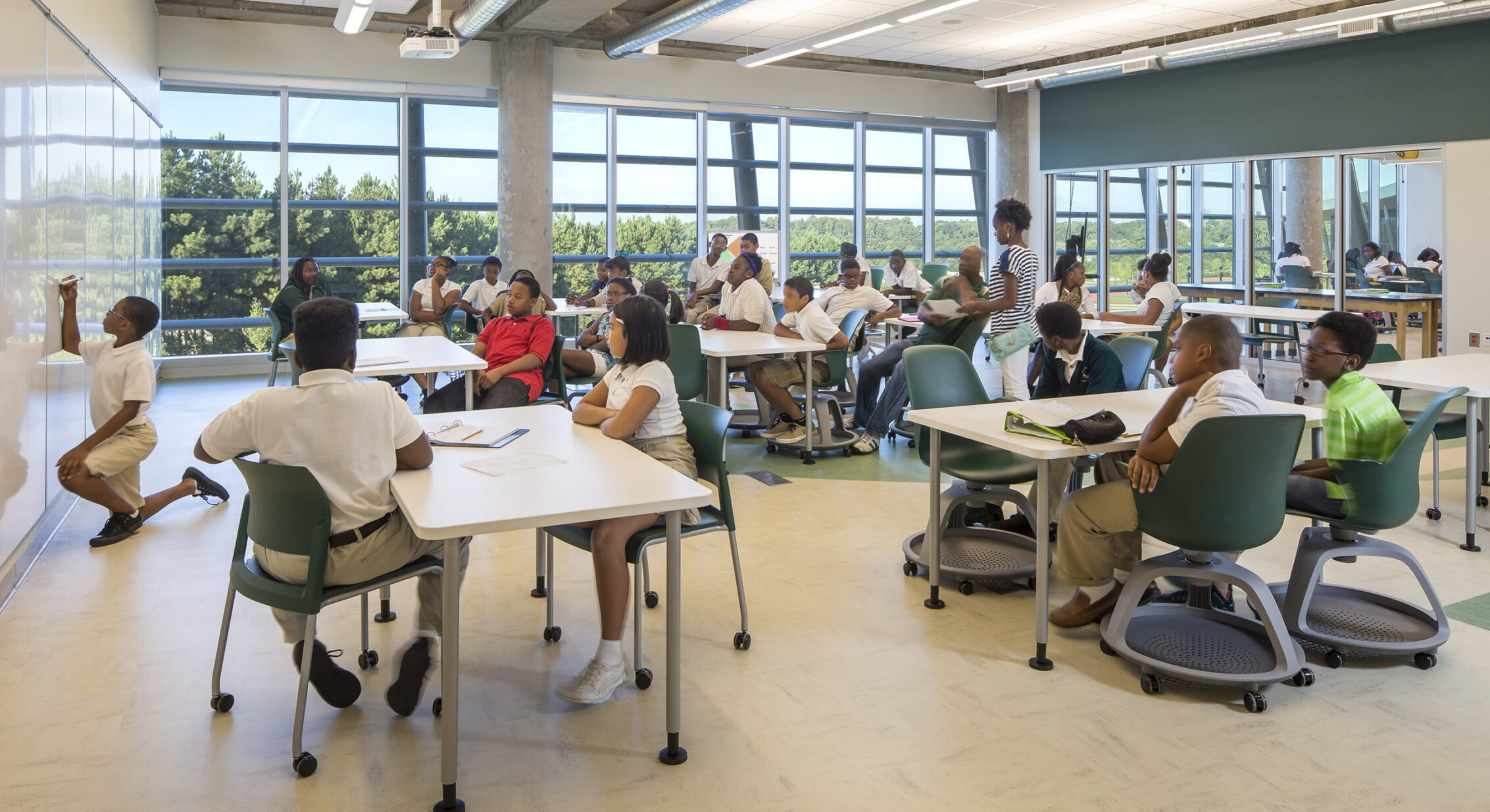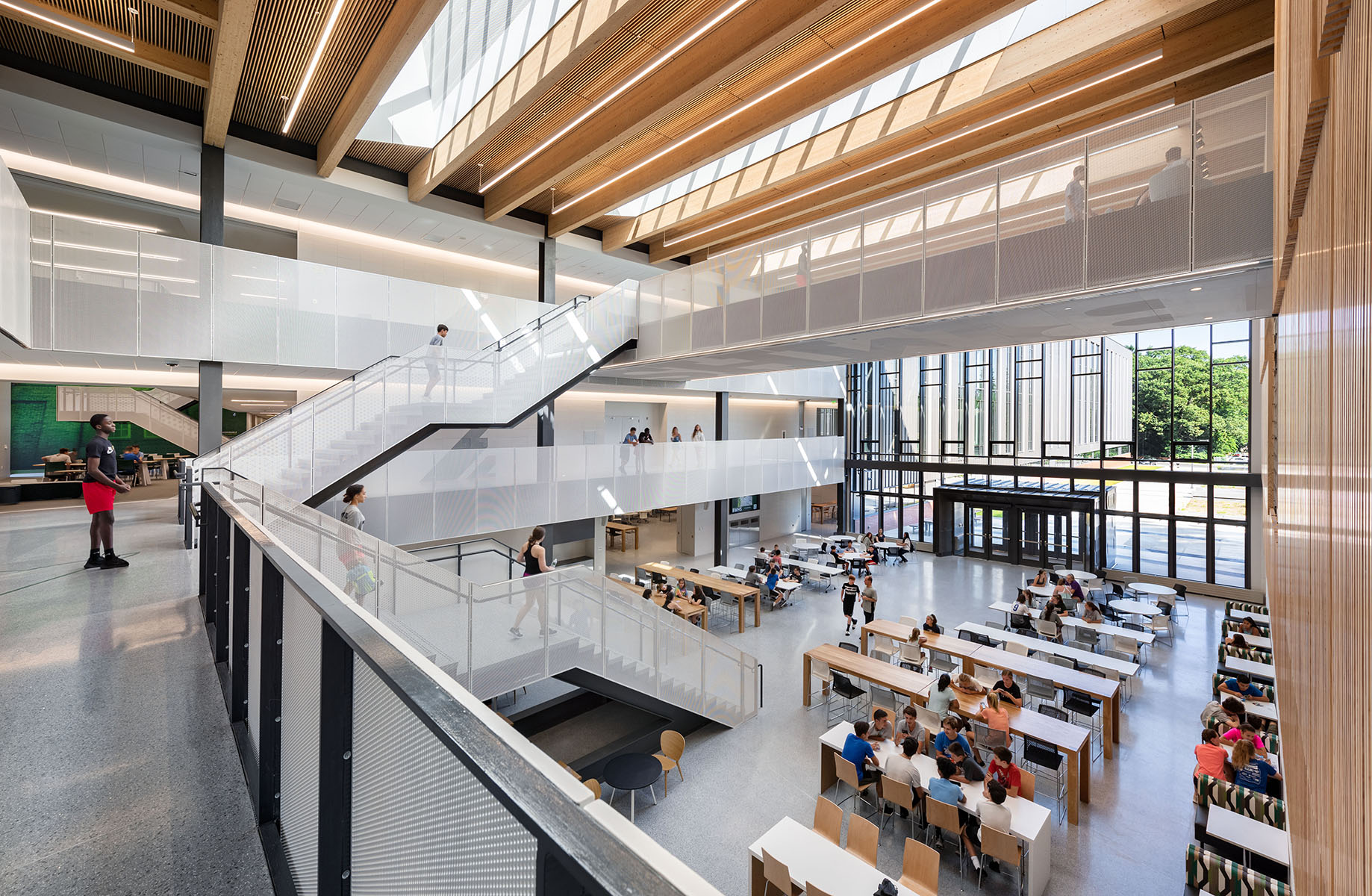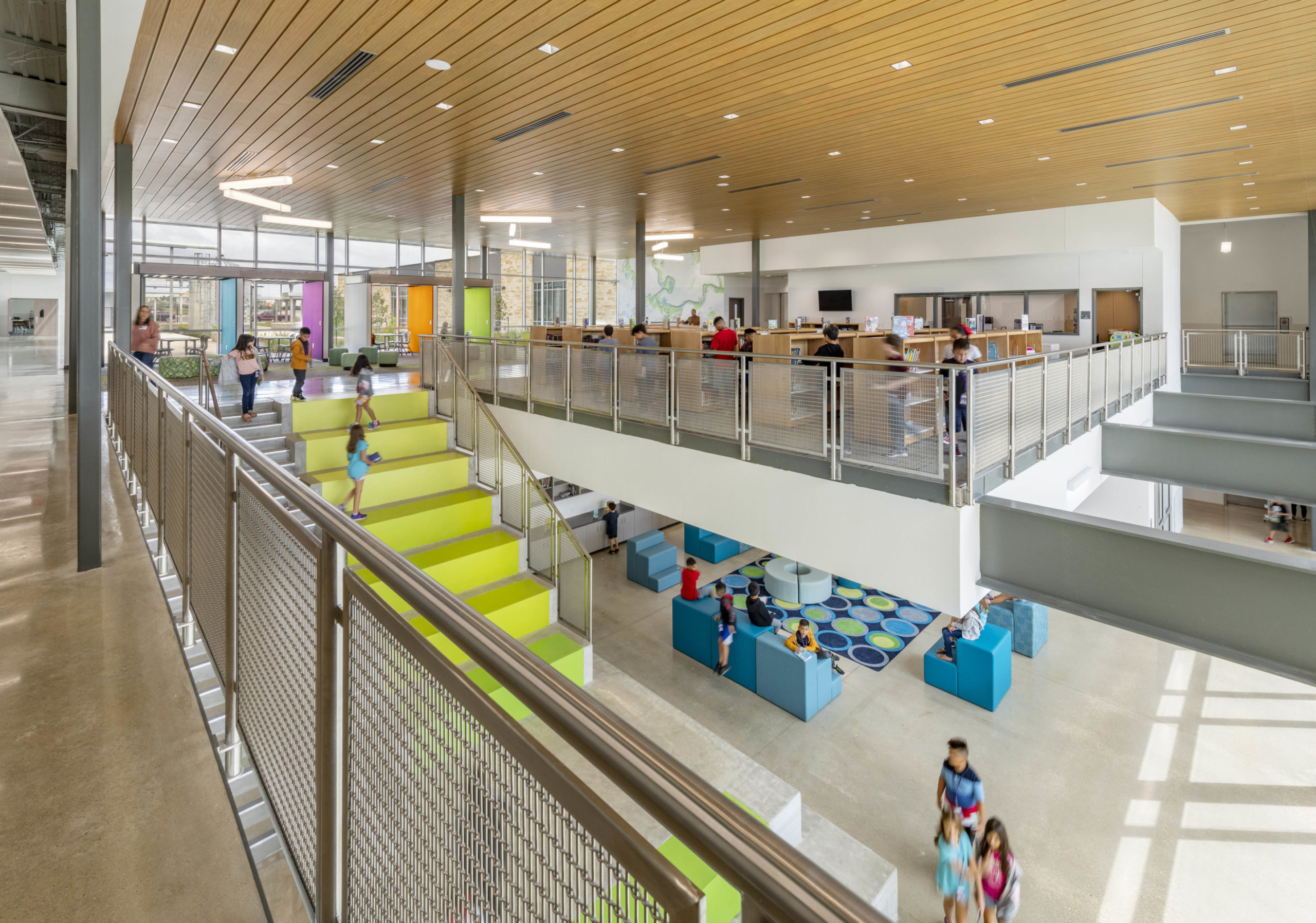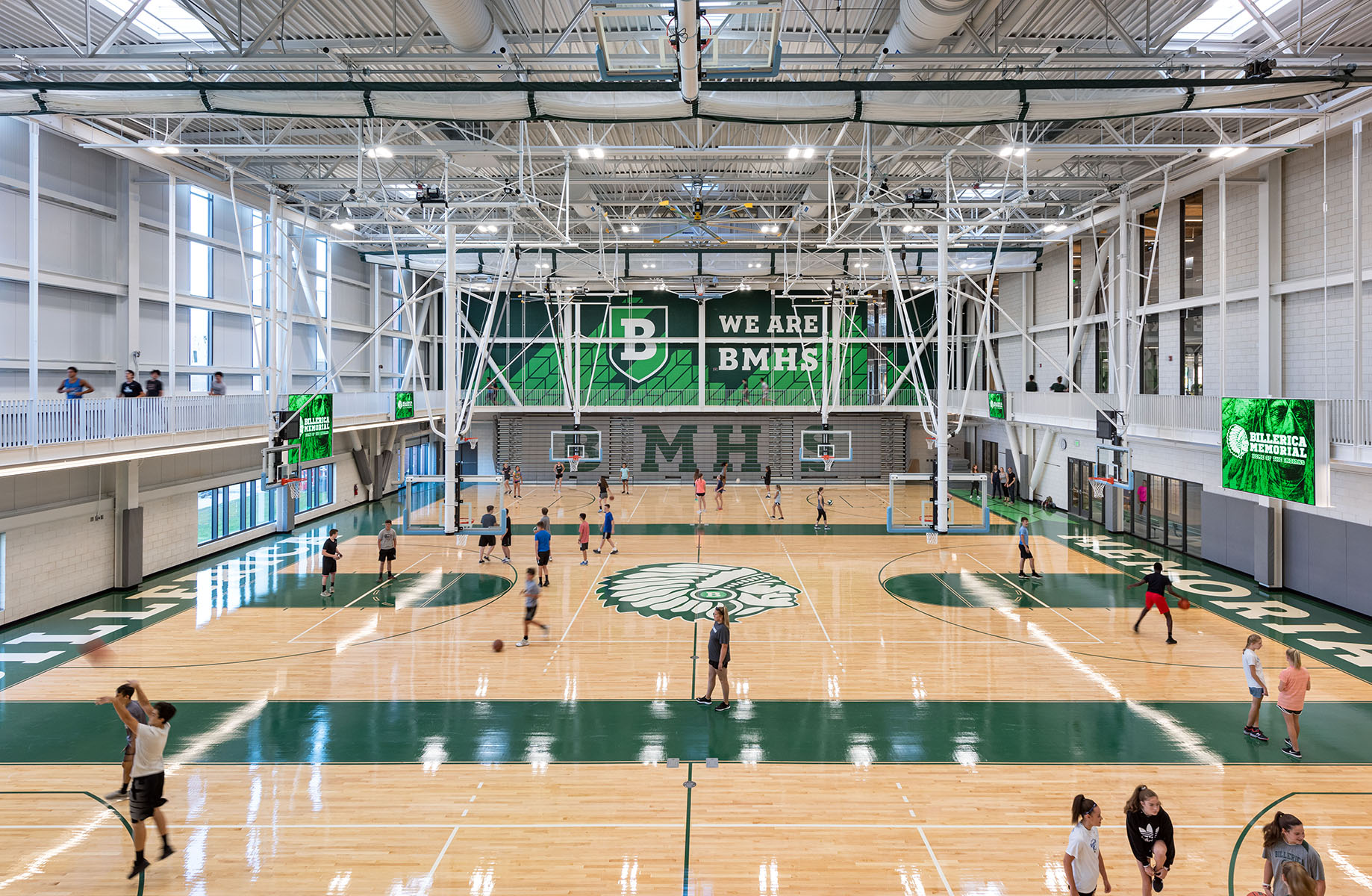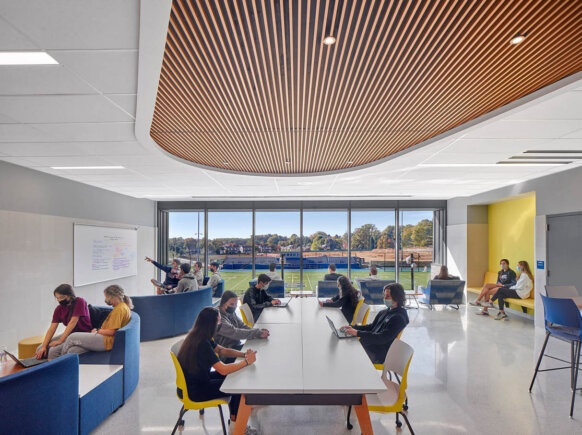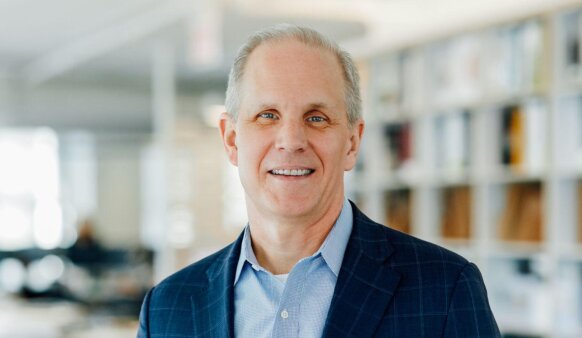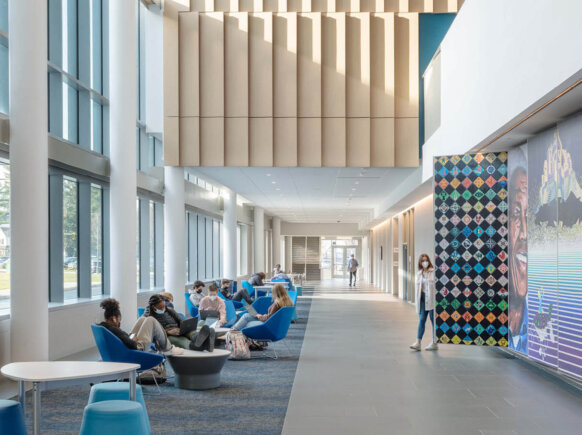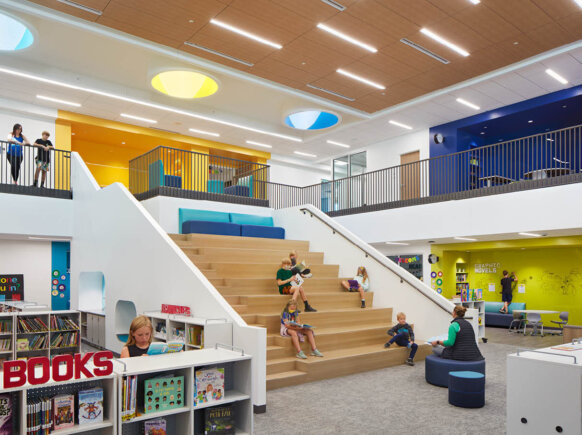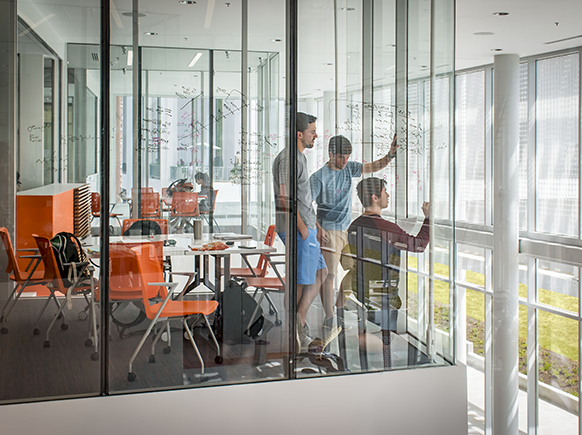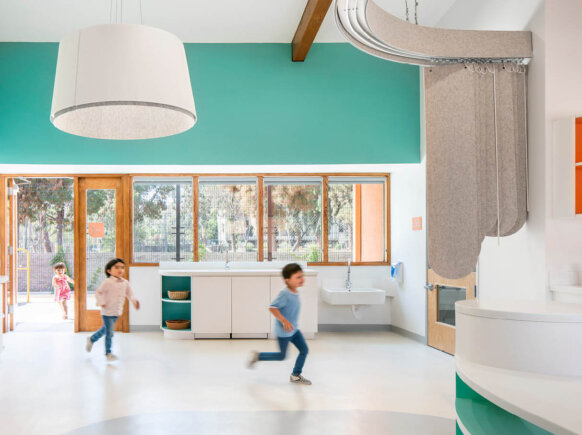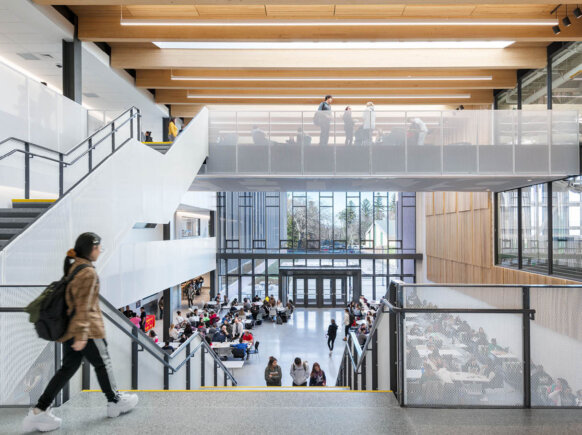This story is part of our insight series around the impact of the COVID-19 pandemic.
The U.S. health care system is at a dangerous breaking point. As the COVID-19 pandemic continues to assail our hospitals and medical workers, current predictions indicate the situation will persist and may get worse for some areas. Local authorities are scrambling to identify other facilities that can be retrofitted or otherwise converted into makeshift hospitals. Examples include the Javits Center and Queen’s Aqueduct Racetrack in New York City, and U.C. San Diego’s residence halls and Santa Clara’s Convention Center in California. But what about communities that don’t have a large, vacant facility they can immediately repurpose?
The answer is hidden in plain sight. Over 98,000 K-12 public school buildings across the U.S. are currently sitting empty and will likely stay idle until this summer due to closures prompted by the COVID-19 outbreak. Districts around the country are responding to unprecedented community needs by continuing to serve breakfast and lunch to hundreds of thousands of students daily. These facilities are an ideal relief valve for an overburdened healthcare system, and state and local authorities should prioritize them as such.
